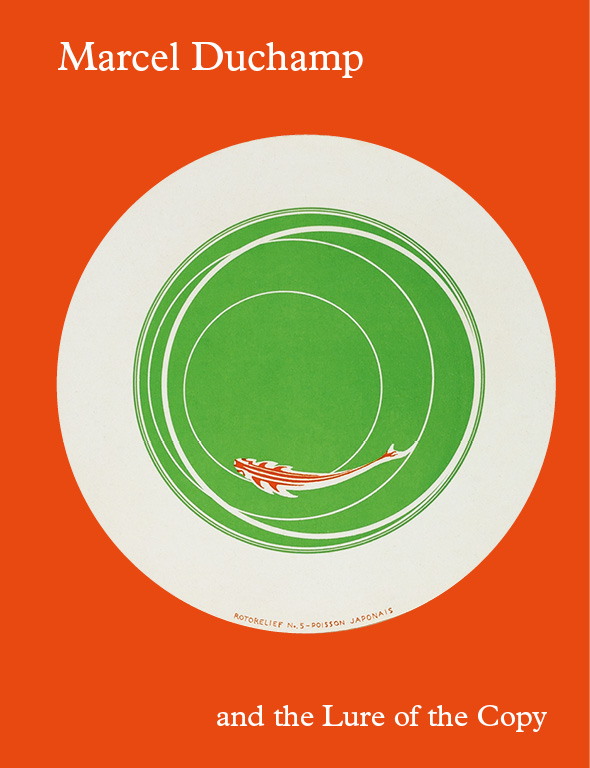Throughout his oeuvre, Marcel Duchamp (1887–1968) refused to respect the cultural and commercial hierarchies that extolled artistic originals while vilifying reproductions. He proposed a new paradigm in the history of modern art, whereby certain copies and their originals elicited comparable forms of aesthetic pleasure. Marcel Duchamp and the Lure of the Copy explores the various approaches that Duchamp adopted to duplicate his work without simply copying. Organized around key themes, this publication examines some sixty artworks from 1911 to 1968, most notably the Boîte-en-valise (Box in a Valise, 1935–41), an innovative compendium of reproductions and miniatures, the first copy of which Peggy Guggenheim acquired. Tracing Duchamp’s lifelong preoccupation with replication as a distinct medium of artistic expression, Marcel Duchamp and the Lure of the Copy illustrates the extent to which his whimsical, often-hybrid handiworks muddied and sometimes wholly flouted standard artistic classifications of their day.
